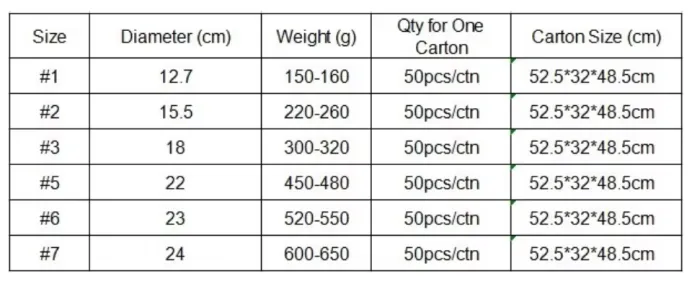Navigating the world of soccer equipment can be daunting, but selecting the right match soccer ball, particularly those with a size 4 designation, is crucial for optimal performance in youth games. Understanding the precise requirements and considerations when purchasing such a ball ensures young athletes experience the best the sport has to offer, fostering both skill enhancement and a love for the game. This exploration will delve into size 4 match soccer balls, largely used by children aged 8 to 12 years, examining their unique attributes and the key factors to consider when purchasing.

Primarily, size 4 soccer balls are specifically designed to aid in the development of technical skills in young players. They have a circumference of 25 to 26 inches and weigh about 350 to 390 grams, allowing players to maneuver the ball with ease while still maintaining the necessary weight for optimal control and precision. The lighter weight and reduced size ensure children can develop their dribbling, passing, and shooting skills effectively without struggling with an oversized ball. This is crucial in building confidence and competence on the pitch.
From an expertise standpoint, the specific construction of the size 4 match soccer ball plays a pivotal role in its performance. Professional-grade size 4 balls typically feature a combination of polyurethane elastomers, which provide a balance of softness, durability, and superior responsiveness. These materials are meticulously crafted to withstand regular use on various surfaces—from lush grass fields to synthetic turfs—while maintaining their original shape and bounce. Ensuring the ball is FIFA-approved or meets similar industry standards can further authenticate its quality, promising players a consistent performance akin to top-tier matches globally.

In terms of authoritativeness, renowned brands often lead the market with decades of research and development underlying their designs. Brands such as Adidas, Nike, and Puma have engineered advanced technology within their soccer balls to optimize aerodynamics and durability. These renowned companies continuously test their products to enhance performance, allowing players to benefit from their rigorous quality controls. Opting for established brands provides an assurance of quality and innovation that lesser-known brands may not offer.
size 4 match soccer ball
Trustworthiness in choosing the right soccer ball should not be undermined. Performing due diligence through consumer reviews and professional recommendations can provide invaluable insights into the ball's real-world performance. Authentic feedback often highlights the critical nuances of a soccer ball's durability, grip, and overall feel that aren't always apparent in product descriptions. These reviews can divulge the long-term resilience of the ball, ensuring that its performance doesn’t wane prematurely with consistent play.
Furthermore, it's vital to consider the stitching and bladder material, which significantly influence the ball’s longevity and flight performance. Hand-stitched panels generally promise enhanced durability while providing a smoother surface for superior flight paths and control. Meanwhile, the bladder, typically constructed from latex or butyl, affects air retention and touch sensitivity. Latex bladders often offer a softer touch, promoting better control, whereas butyl bladders boast excellent air retention for prolonged playtime without frequent inflations.
In summary, choosing the right size 4 match soccer ball necessitates a comprehensive understanding of its construction, brand credibility, and real-world performance. It is an investment in the athletes' development, providing a gateway to mastering the fundamentals of soccer in preparation for advanced levels of play. Catering to the needs of young players, a well-selected ball can make a marked difference in nurturing future talent, instilling a love for the game, and creating a solid foundation for sporting achievement.













